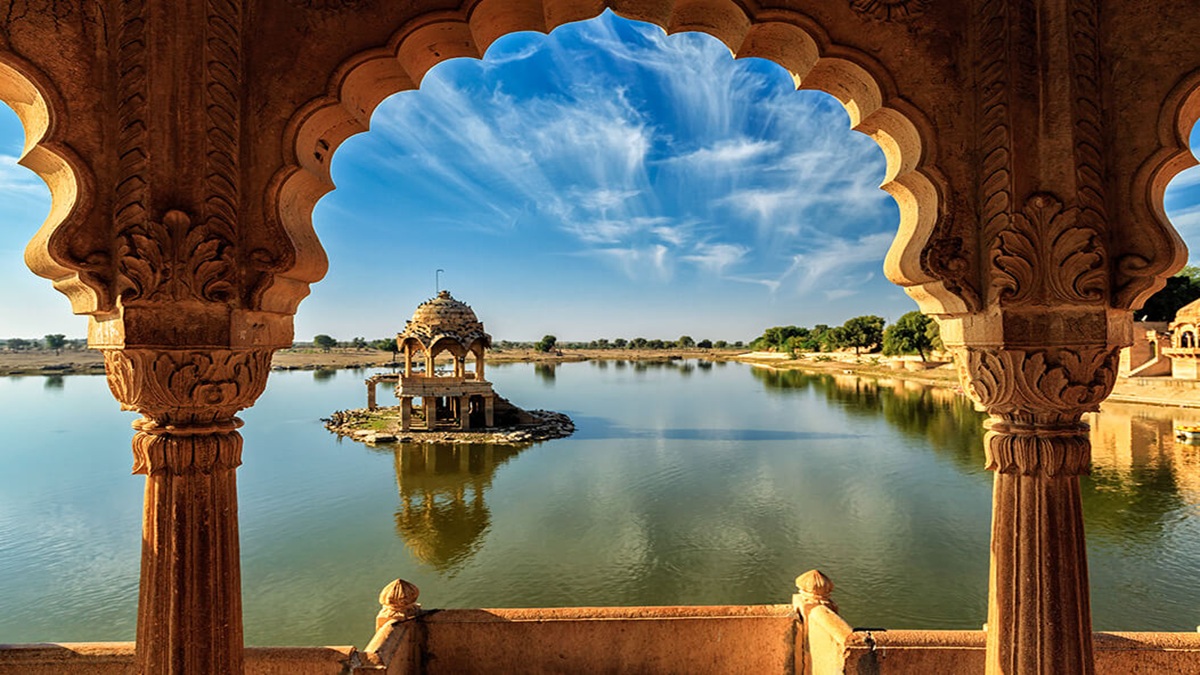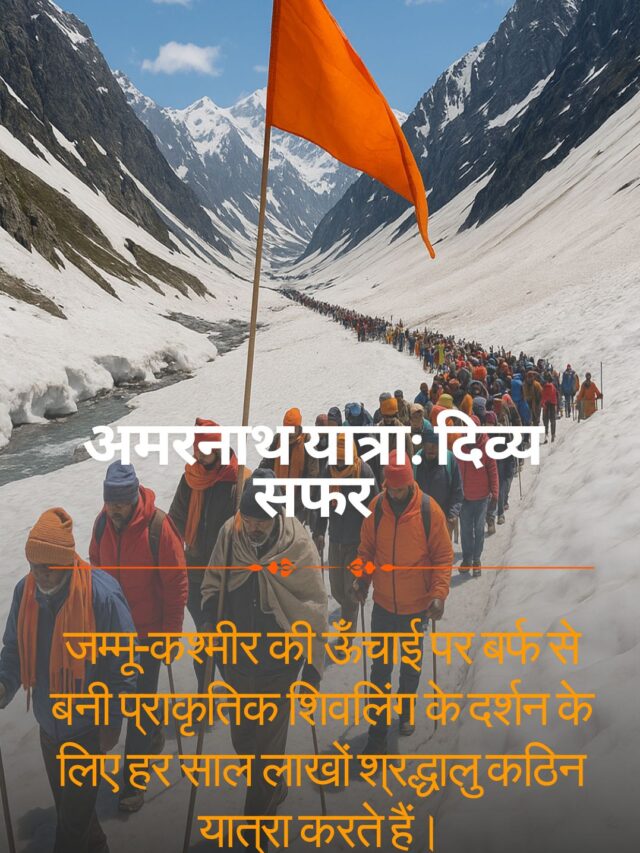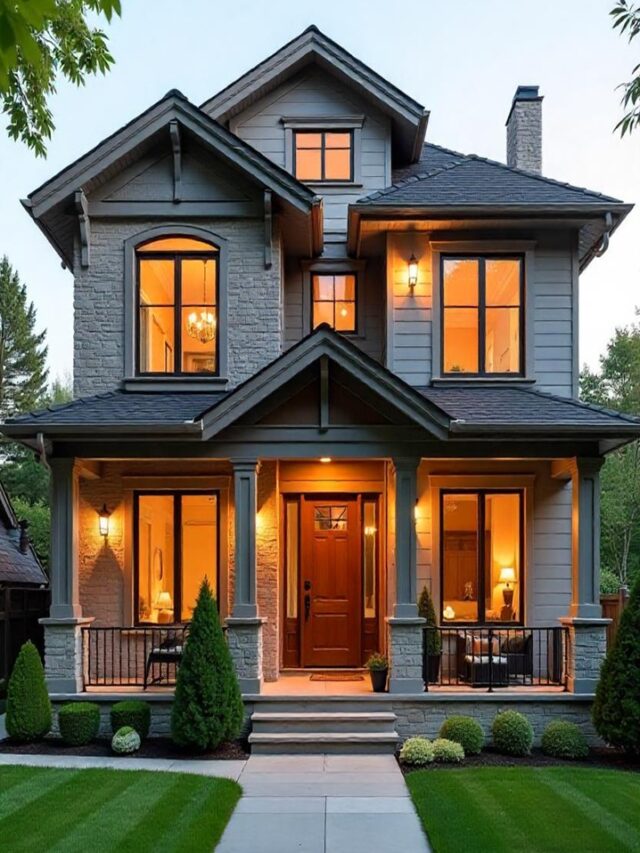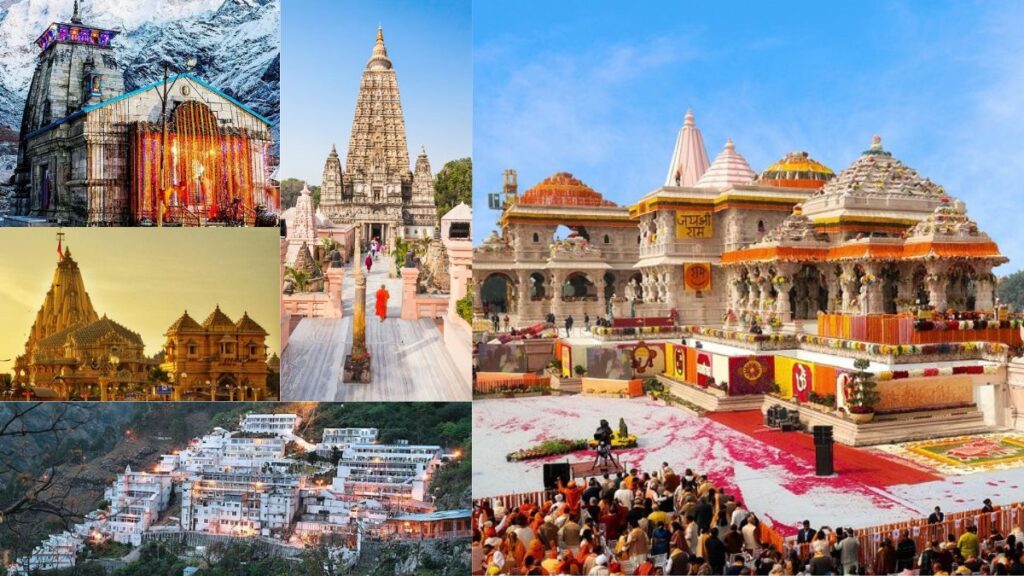Table of Content
Contents
Rajasthan, also referred to as “Land of Kings,” is an estate rich in history and architecture and royal lineage. The history of forts and palaces is replete with bravery, romance, and architectural wonder. Mehrangarh Fort with its tall walls in Jodhpur, the romantic Lake Palace in Udaipur-all such structures bear witness to the Indian Golden Age. History, architecture, and royal magnificence: this is what entices tourists who are eager to explore the forts and palaces of Rajasthan, where one is bound to have an experience of a lifetime.
In this blog, we invite you on a royal tour of Rajasthan’s imposing forts and palaces, uncovering their stories, architectural marvels, and how to see them the best way.
The Glory of Rajputana: A Legacy of Valor and Grandeur
The Rajput rulers of Rajasthan were known for their undaunted valor and sacrosanct sense of honor. They built out West the great fortress forts during centuries, which act as bastions of power, art, and culture. This splendid example of architecture had an amalgam of different architectural styles that best described Rajput, Mughal, and Maratha styles of fort architecture through their relevance and connection towards battles fought or alliances conceived or traditions upheld.
In contrast to the opulent Mughal courts, Rajput forts were built with war in view. Giant walls, complex underground passages, and hidden escape passages rendered them almost invincible. But in addition to their military might, Rajput dynasties also patronized art and architecture, giving rise to palaces that were beautifully painted, covered with mirror work, and lined with marble carvings.
Let’s get a closer look at some of Rajasthan’s most stunning forts.
Royal Forts of Rajasthan: Echoes of the Past
Rajasthan’s forts are among the most impressive in the world. Here are some of the most iconic ones you shouldn’t miss:
a) Amber Fort (Jaipur)
Standing on top of a mountain near to Maota Lake, Amber Fort showcases beautiful architecture that is a harmonious blend of Hindu and Mughal styles. It is a marvellous creation of Raja Man Singh I, built in the 16th century and adorned with fine mirror work, splendid frescoes, and big courtyards. The Sheesh Mahal (Mirror Palace) within the fort itself is special, whose thousands of minute mirrors still reflect light beyond equivalent, giving an enchanting glow.

Visitors can reach the fort via elephant ride, jeep, or by walking-in, which is as majestic as the destination itself. An evening sound and light show at Amber Fort is a must-watch-for-the growing past is a history based on visuals and musics which will definitely attract the visitors.
b) Mehrangarh Fort (Jodhpur)
Mehrangarh Fort is built in the 15th century on a rocky hill and dominates the skyline of Jodhpur. Built in the 15th century by Rao Jodha, the fort is an amazing view that looks down onto the Blue City below. This castle-like fort has tall stone walls, richly decorated palaces, and very preserved antiques and ranks with some of the most beautiful forts in India.

Visitors can also see Moti Mahal (Pearl Palace), Phool Mahal (Flower Palace) and the Chamunda Mata Temple inside the fort. The fort has a museum with a variety of royal suits, swords, and paintings, which tells us a lot about the rich history of Rajasthan.
c) Jaisalmer Fort (Jaisalmer)
In contrast to most Indian forts, Jaisalmer Fort is a “living fort,” with thousands of people residing inside its historic walls. Jaisalmer Fort, which was built by Rawal Jaisal in 1156 A.D., is made of golden sandstone and is most beautiful at sunrise or sunset when it looks like molten gold.
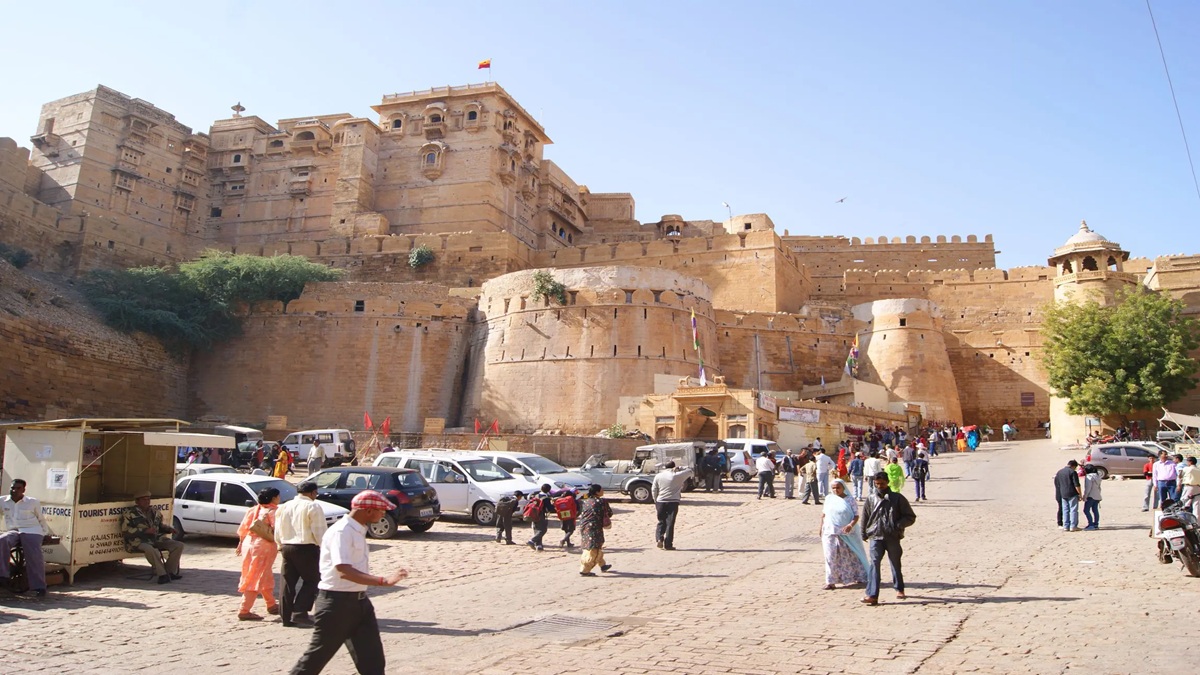
Inside the fort, there are several attractions to see, including the Raj Mahal (the royal palace) and Jain temples, both of which are architecturally stunning due to their intricate ornamentation. You can also explore vibrant designer marketplaces and meander through little alleyways. Staying in a heritage guesthouse in the fort is one of the greatest ways to take in Jaisalmer’s old-world beauty.
d) Chittorgarh Fort (Chittorgarh)
Chittorgarh Fort, the largest fort in India that served as the stage for the heroism and sacrifices of the Rajputs This place has seen many legendary battles since then; most famous is the siege by Alauddin Khilji and the forces of Emperor Akbar. It is famous for the magnificent Victory Tower (Vijay Stambh), the imposing Rana Kumbha Palace, and the tragic story of Queen Padmini, who resorted to Jauhar to save her honor.
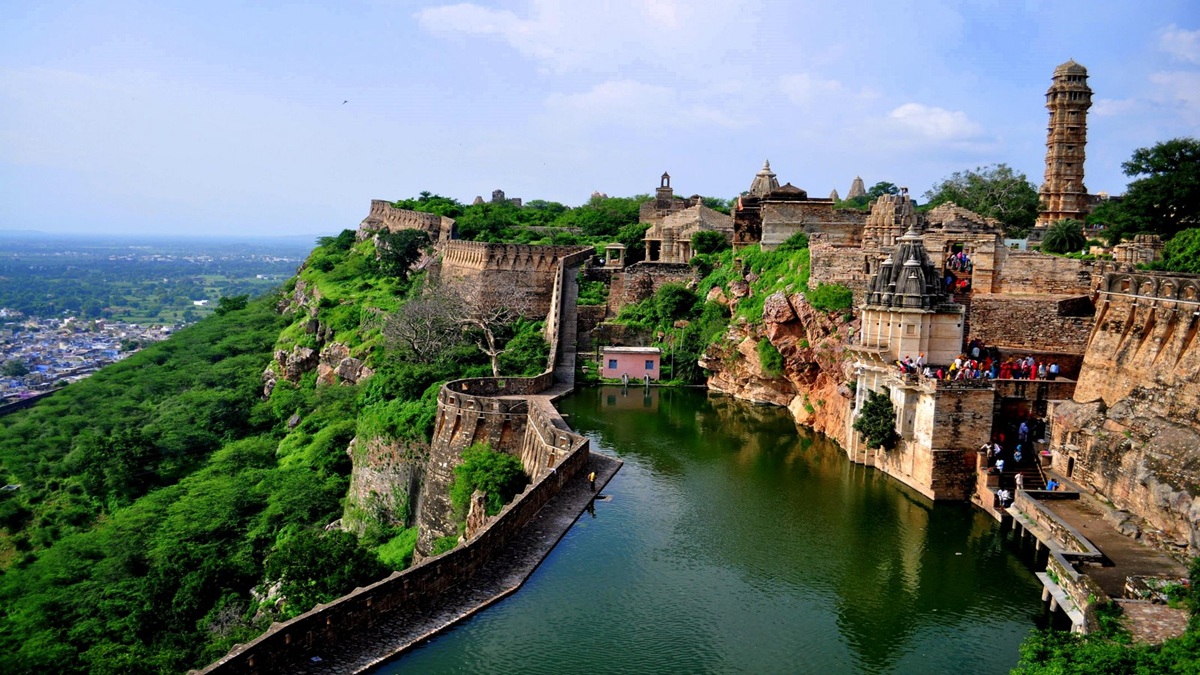
Walking through Chittorgarh’s ruins feels like stepping back in time, surrounded by echoes of Rajasthan’s heroic past.
e) Kumbhalgarh Fort (Rajsamand)
Kumbhalgarh Fort is renowned for possessing the world’s second-longest continuous wall, next to the Great Wall of China. Constructed in the 15th century by Rana Kumbha, the fort was never captured in its history.
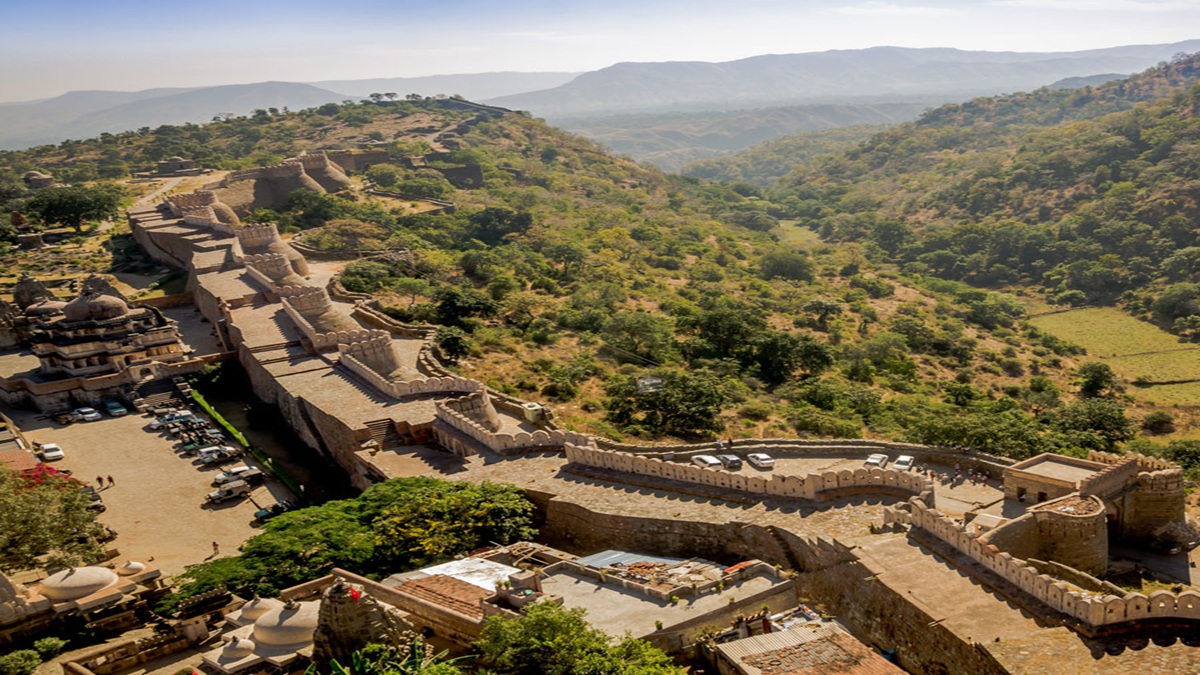
The fort’s enormous walls can reach a length of over 36 km and more than 300 ancient temples are included within its protected space. Ideal for photographers and historians alike, the fort’s position on a hill allows for sweeping views of the Aravalli range.
The Grand Palaces: Rajasthan’s Regal Residences
a) City Palace (Jaipur):
In the center of Jaipur lies the grand City Palace, a brilliant fusion of Mughal and Rajput styles. The palace is home to beautiful courtyards, gardens, and museums that feature royal relics. Among its most prized possessions are the Peacock Gate, Mubarak Mahal, and Chandra Mahal.
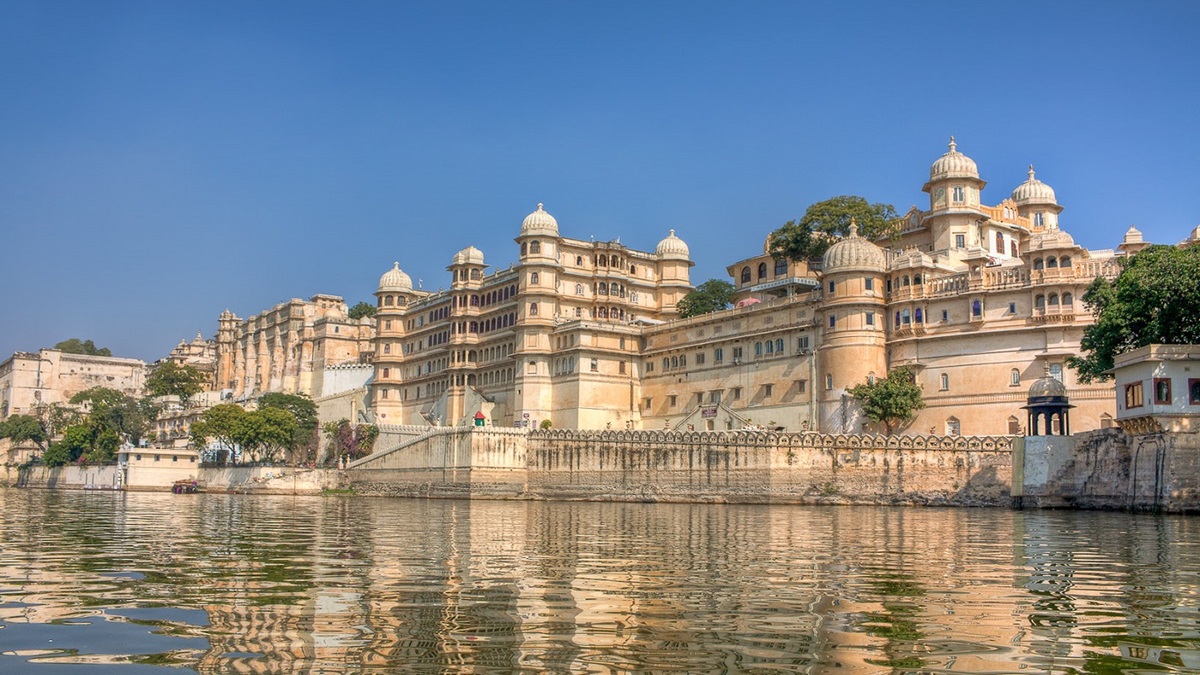
b) Umaid Bhawan Palace (Jodhpur):
One of the last major palaces constructed in India, Umaid Bhawan Palace is a blend of Art Deco and Rajputana style. The palace contains a luxury hotel, and part of it is a museum with vintage cars, royal portraits, and artifacts on display.
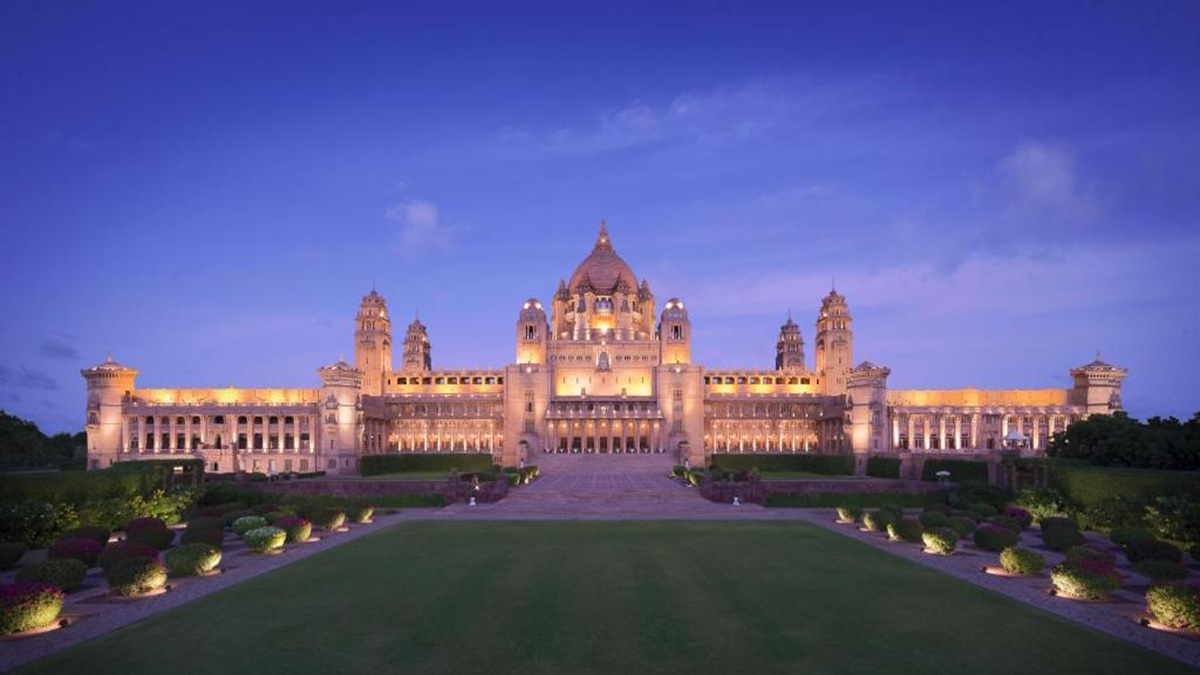
c) Lake Palace (Udaipur):
Floating on Lake Pichola, Lake Palace is among the most famous landmarks of Rajasthan. Constructed by Maharana Jagat Singh II, the white marble palace has been transformed into a luxury hotel. It provides a unique experience of residing in the middle of a tranquil lake with majestic sunset vistas.
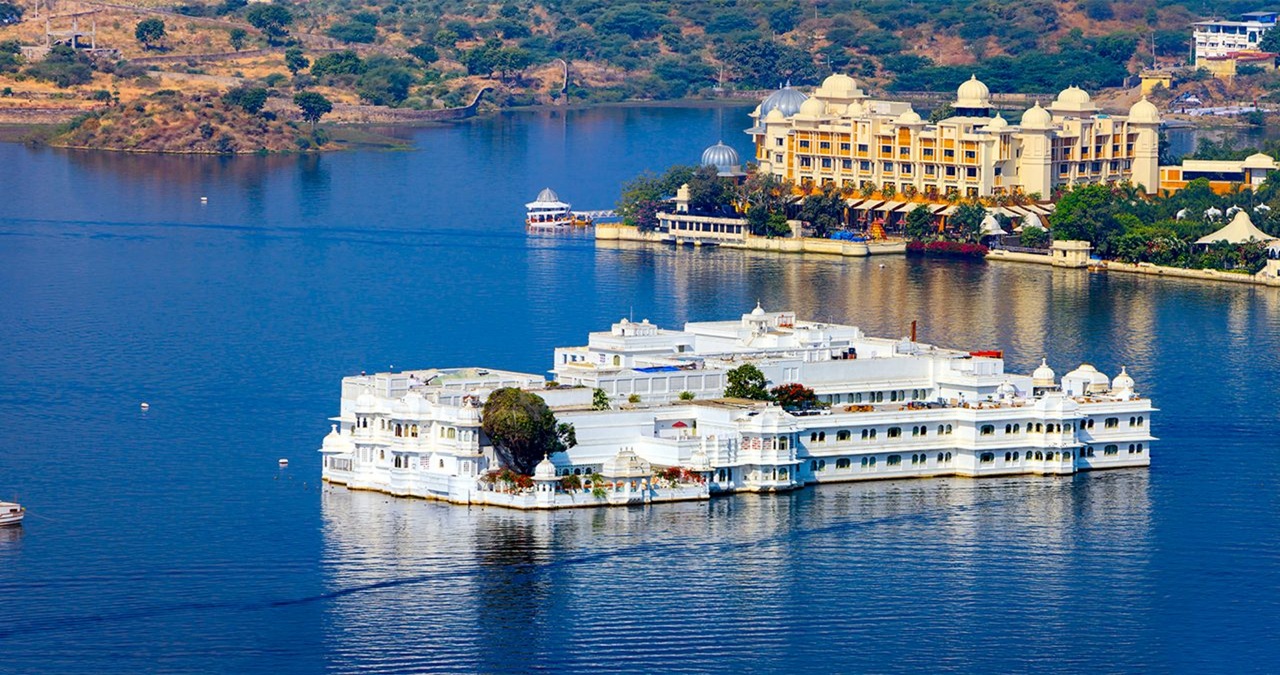
d) Hawa Mahal (Jaipur):
The “Palace of Winds” is the most famous landmark of Jaipur. It was constructed to enable royal ladies to watch street celebrations without themselves being observed. Its 953 jharokhas (tiny windows) give it great ventilation, making the palace cool even during summer.

Offbeat Royal Experiences in Rajasthan
In addition to exploring forts and palaces, there are interesting ways to experience Rajasthan’s royal legacy:
- Stay in a Heritage Hotel – Stay like a king in restored palaces like Samode Haveli, Neemrana Fort Palace, and Alsisar Mahal.
- Witness Light & Sound Shows – Experience interesting historical presentations at Amber Fort and Kumbhalgarh Fort.
- Explore Hidden Palaces – Uncover hidden treasures like Bundi Palace and Mandawa Havelis.
- Participate in Royal Festivals – Experience traditional festivities like the Mewar Festival (Udaipur) and Marwar Festival (Jodhpur).
Travel Tips for Exploring Rajasthan’s Forts and Palaces
- Best Time to Visit: The best time is October to March, when the weather is pleasant.
- How to Plan Your Trip: Covering Jaipur, Jodhpur, Udaipur, and Jaisalmer in a 7–10 day trip is best for an all-around experience.
- Guided Tours: Having a local guide adds depth to your knowledge of history and mythology.
- Photography Tips: Early morning and late afternoon light are best for photography of Rajasthan’s architectural grandeur.
The forts and palaces of Rajasthan are magnificent reminders of a past age where artistry, nobility and grandeur were key characteristics of society. As visitors traverse the historical structures, they lend their ears to the resounding echoes of royal footsteps, the clanging of swords in battle, and the oral traditions of fabled stories.
Whether you’re wandering the golden dunes of Jaisalmer, the royal corridors of City Palace, or the powerful walls of Chittorgarh, Rajasthan’s history is sure to leave you spellbound. So prepare your backpack and set out on a journey across centuries—because in Rajasthan, history isn’t so much told as it is lived.
Subscribe Our Youtube Channel: https://www.youtube.com/@BhartiSanskriti-BS

